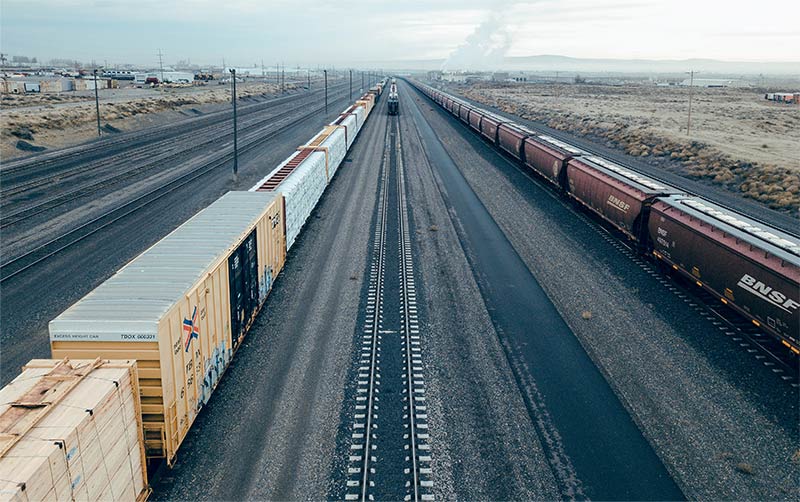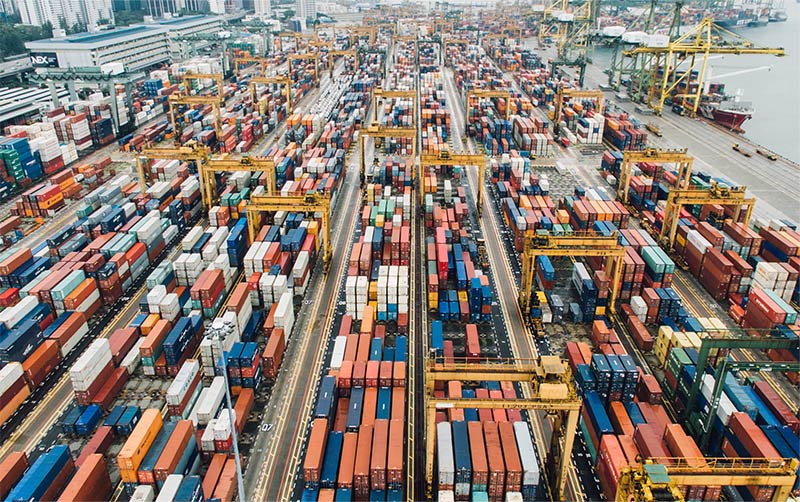
How Cargo is Switching to E-commerce
Comments
-
-
Mana Diston
Lorem ipsum dolor sit amet, consectetur adipiscing elit. Cras sollicitudin, tellus vitae condimentum egestas, libero dolor auctor tellus, eu consectetur neque elit quis nunc. Cras elementum pretium est congit.
-



Amanda Huston
Lorem ipsum dolor sit amet, consectetur adipiscing elit. Cras sollicitudin, tellus vitae condimentum egestas, libero dolor auctor tellus, eu consectetur neque elit quis nunc. Cras elementum pretium est. Nullam ac justo efficitur, tristique.